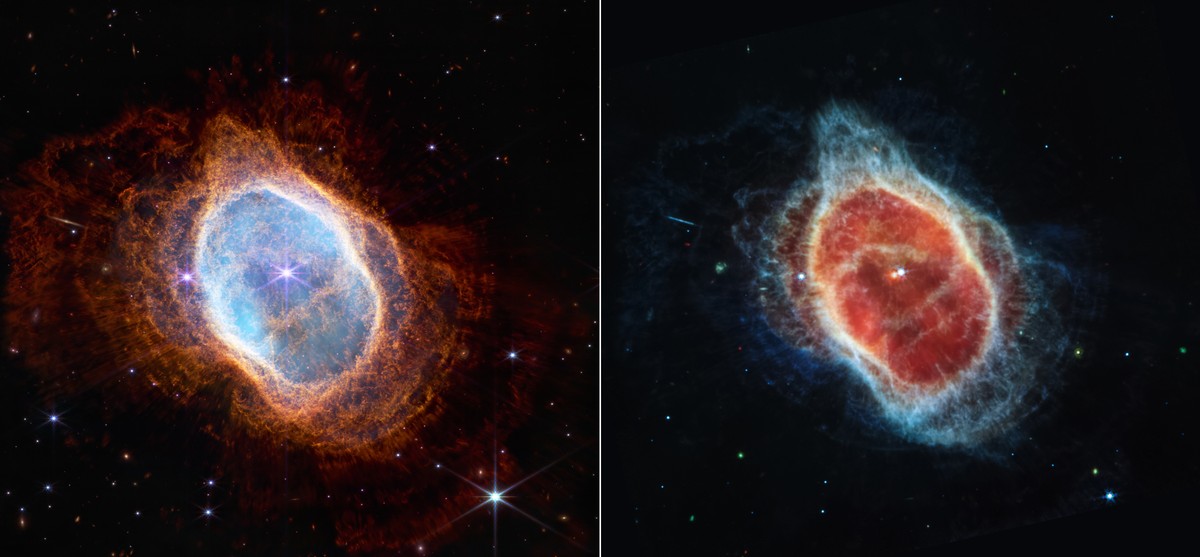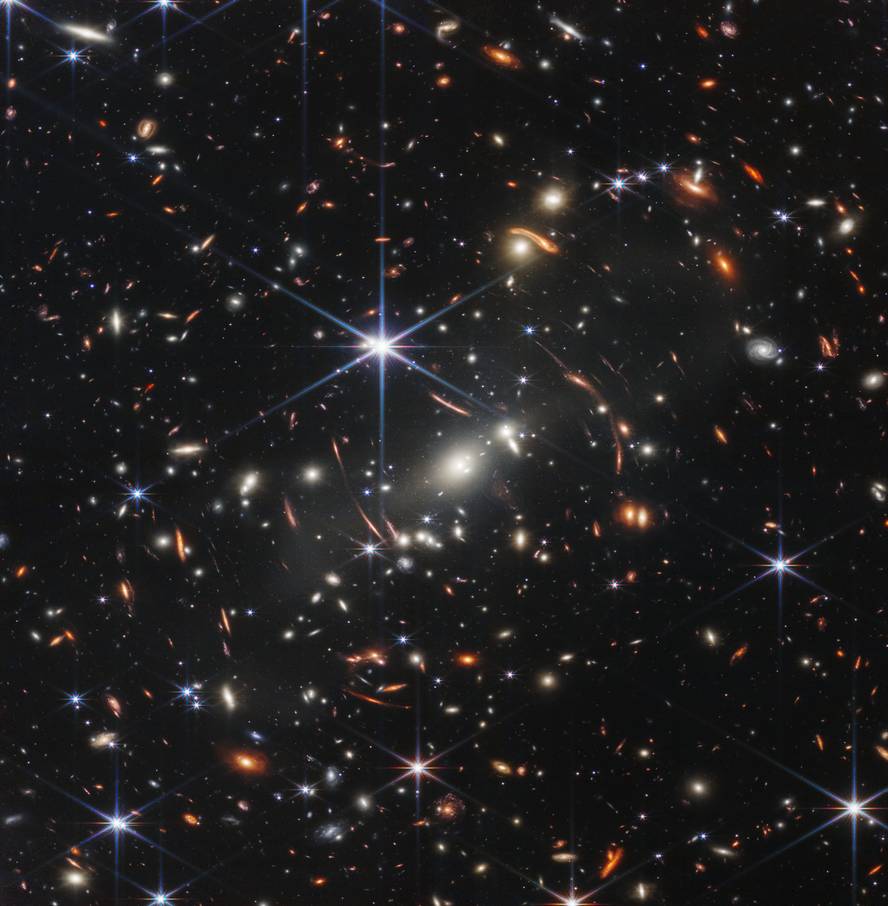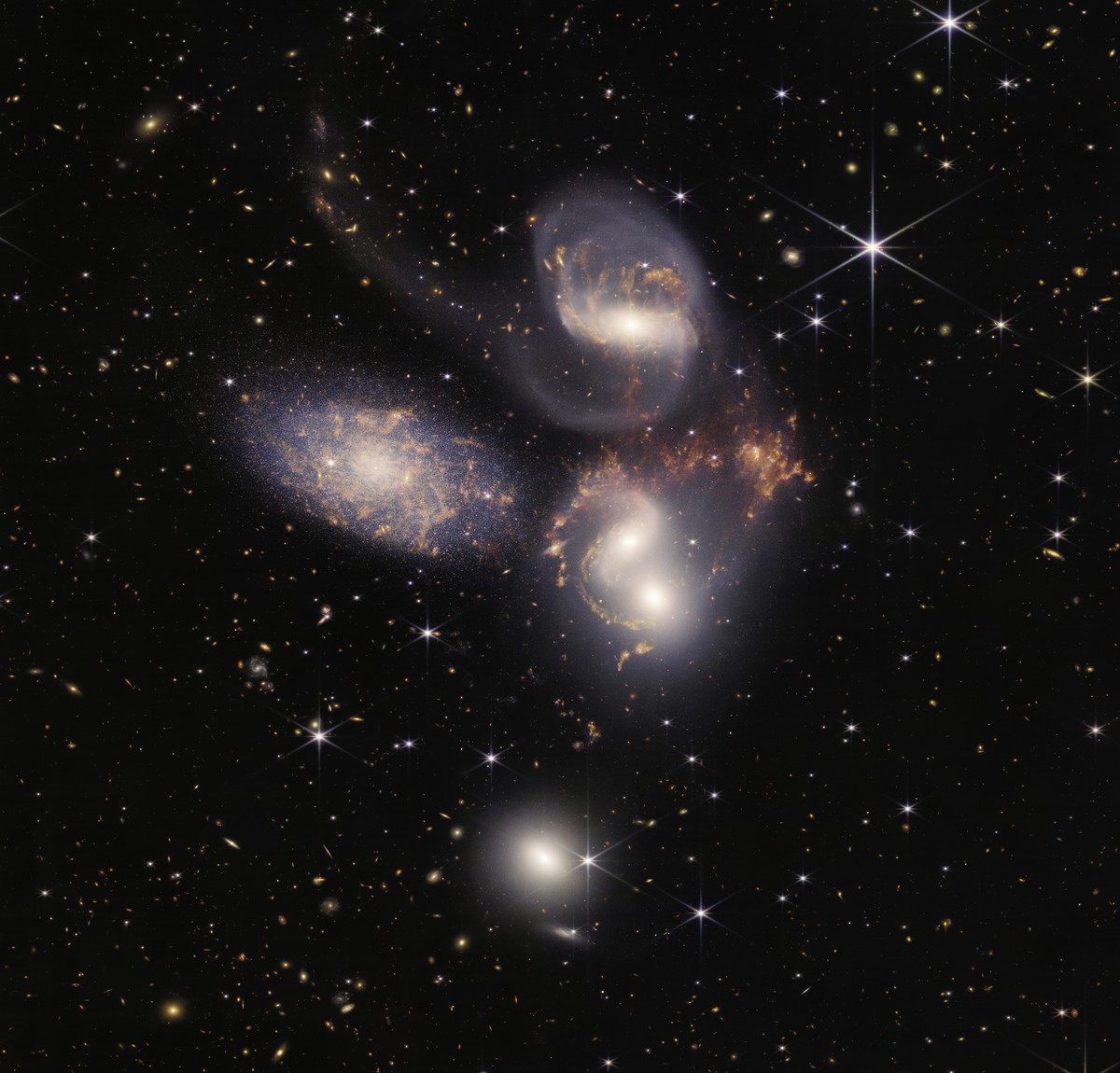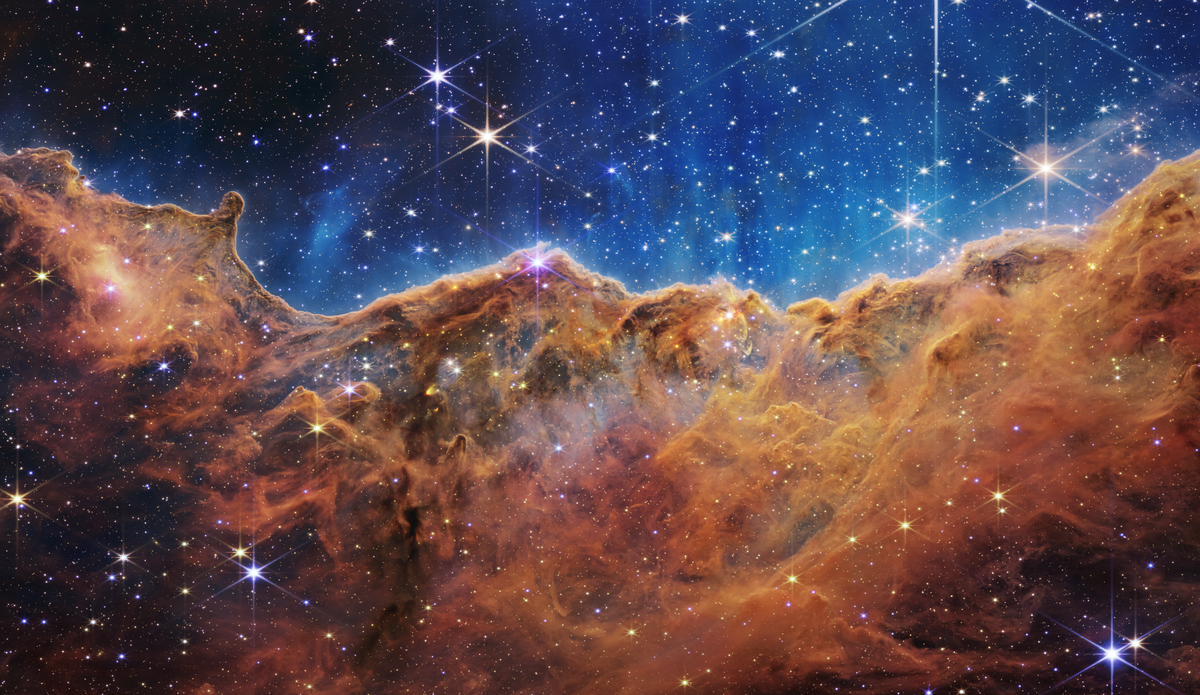They present the first images and data from the James Webb telescope.
They present the first images and data from the James Webb telescope: the deepest photographs ever taken into the universe and the spectroscopy of an exoplanet. “A new and revolutionary vision of the cosmos,” according to Bill Nelson, MUELLE administrator, “a vision the world has never had.”
The first image displayed (above) shows thousands of galaxies, the most remote ever seen in infrared. SMACS is a cluster 0723 to 4.6 billion years of light. The cluster behaves like a lens that allows you to see behind galaxies much farther away. “With this picture we looked at 13 billion years ago in the universe,” explains Bill Nelson, NASA administrator.
It was launched on 25 December last year and arrived on a one-month trip to an orbit 1.5 million kilometers from the Earth. The telescope, which works in infrared, has the ability to go through dense clouds of dust and gas and observe the early universe, with the goal of reaching 13.5 billion years of light to observe the first stars and galaxies. As the universe expands, the ultraviolet and visible radiation emitted by these stars has been shifting to the infrared. That's what the James Webb telescope sees, with the ultimate resolution of its history.
On the other hand, spectroscopy is another strength of the Webb telescope. And this was precisely the second that they presented: Spectroscopy data of the giant exoplanet WASP-96 b. Through this data, the presence of water on the exoplanet has been detected, as well as evidence of the presence of signs of mist and mists in the atmosphere, contrary to what was previously thought.

The NGC 3132 nebula (South Ring Nebula or Eight Gardes Nebula) is shown below in the high resolution image. It's a giant cloud of gas spreading around a dying star, about 2,000 years or so of light from the Earth. Webb photography with two cameras: In the image captured by the NIRCam camera in the near infrared highlights the stars and their layers of light; and when the MIRI camera is taken in the middle infrared, for the first time it shows that the weakest star in the center is covered with dust. The image taken shows, for the first time, that the star that dies is covered by a layer of dust.
Stephan's Quintet is the most spectacular picture of all galaxies. This is a compact group of galaxies that was first discovered (Édouard Jean -Marie Stephan, 1877); four of the Group’s five galaxies are united in a violent cosmic dance that occasionally collide and create new stars. This is the largest image Webb has ever made, a mosaic of more than 150 million pixels in which a thousand photos have been gathered. It shows details never seen: bright sets of young and newborn stars; lines of gas, dust and stars stretched as a result of gravitational interactions of galaxies; flows around a black hole; and gasta waves produced by the shock of one of the galaxies (NGC 7318B) against the set.
Finally, a landscape of “mountains” and “valleys” filled with bright stars is the edge of the NGC 334 region of the Gila nebula, where new stars are forming. These structures are called cosmic cliffs, and the highest peaks are seven years of light. In fact, it has shown the birth points of the stars so far invisible.








